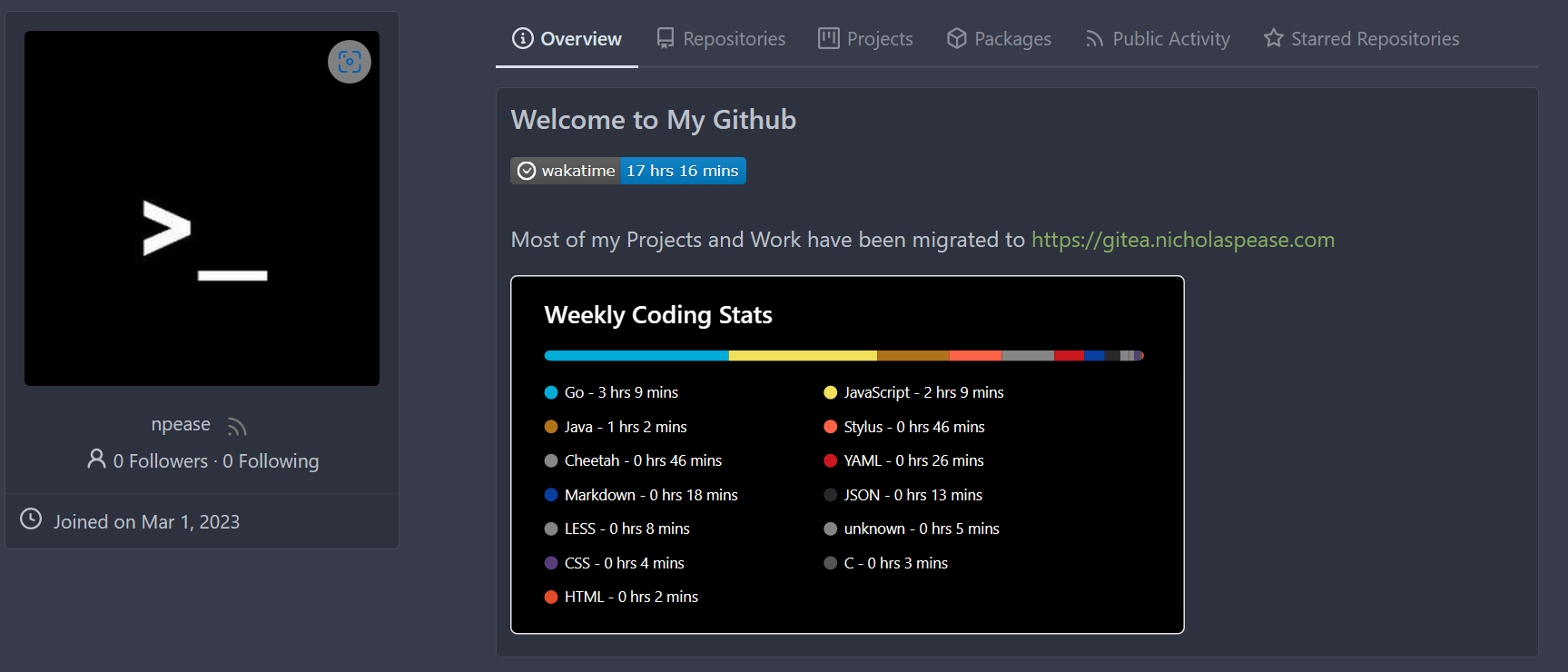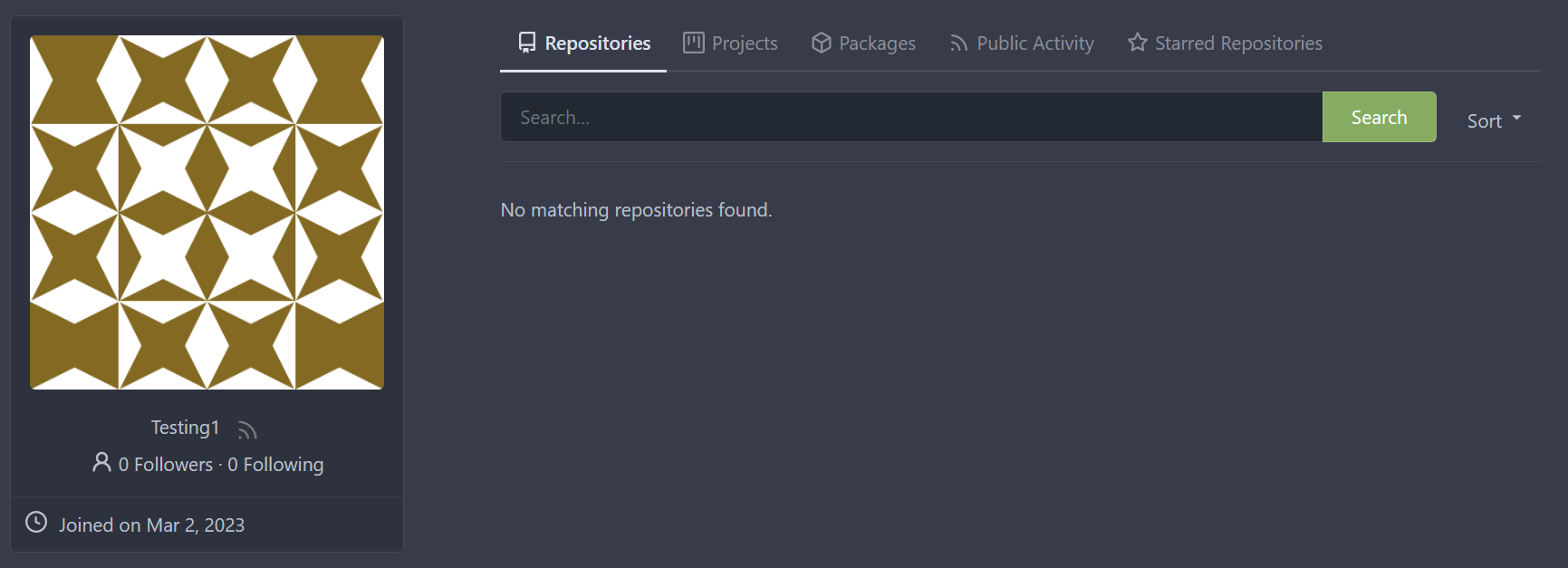There are a few changes of template logic which defines when which elements should be shown on profile page. The motivation is to have the elements when needed and don't when they're not relevant.
## Changes
### RSS button
Now displayed if:
* feeds are enabled
AND one or more of:
* the current user is an admin
* the current user is viewing their profile
* the activity is publicly available
So, basically in cases when the .rss feed actually contains any events. Before this change this button was constantly shown and was giving an empty feed if it was unavailable.
### Public activity tab
The tab is displayed if:
* the current user is an admin
* the current user is viewing their profile
* the activity is publicly available
* the current tab is this exact tab, for example, in case it was accessed by adding `?tab=activity` to the URL, so that the UI is not broken w/o a highlighted tab
So, this tab is not displayed when it's not going to contain any information, but still can be accessed.
### Banner "This user has disabled the public visibility of the activity."
For admins:
* always show the big blue banner to warn that sharing a screenshot of this publicly is bad idea
For self:
* always display a little note about the current visibility status with a "Change" link
For others:
* only display a little note to explain why the activity is not shown
### Heatmap and activity feed
Elements are only displayed when relevant, instead of keeping empty leftovers, for easier testing. This template change is also covered by test. **Everything in this Changes section is covered by test unless I forgot something.**
## Preview
There's obviously too many states to screenshot, here are highlights:

_Warning admin for why they're seeing the information_

_Viewing self - private_

_Viewing self - public_

_Don't have access to the information_

_The tab is not shown when the activity can't be accessed_

_Can't access the RSS feed_

_Can access the RSS feed_
Reviewed-on: https://codeberg.org/forgejo/forgejo/pulls/4189
Reviewed-by: Otto <otto@codeberg.org>
Implements displaying a README.md file present in a users ```.profile```
repository on the users profile page. If no such repository/file is
present, the user's profile page remains unchanged.
Example of user with ```.profile/README.md```

Example of user without ```.profile/README.md```

This pull request closes the feature request in #12233
Special thanks to @techknowlogick for the help in the Gitea discord!
---------
Co-authored-by: techknowlogick <techknowlogick@gitea.io>
Co-authored-by: Yarden Shoham <hrsi88@gmail.com>
Co-authored-by: Lunny Xiao <xiaolunwen@gmail.com>
Co-authored-by: yp05327 <576951401@qq.com>
Co-authored-by: Yarden Shoham <git@yardenshoham.com>
Close #24108
Use secondary pointing menu for tabs on user/organization home page so
the tabs look the same.
Main changes:
1. modified a part of dom structure in
`templates/user/overview/header.tmpl` to make it the same as
`templates/org/header.tmpl` in order to produce the same ui.
2. Move some css to `web_src/css/shared/repoorgshared.css` to make them
shareable between `templates/user/overview/header.tmpl` and
`templates/org/header.tmpl`
After:
https://user-images.githubusercontent.com/17645053/232400617-2add5bec-d483-4ab1-b48d-eaee157f7b09.mov
For further improvements. Need some thoughts:
For [this
TODO](729ad294cb/templates/user/overview/header.tmpl (L1)),
it is viable to make it a shared template for [this
part](729ad294cb/templates/user/overview/header.tmpl (L2-L17))
and [this
part](729ad294cb/templates/org/header.tmpl (L1-L16))
because they are the same except for the variable. But for the menu
parts, they are quite different so might not be suitable to use a shared
template. So need some thoughts and advice about extracting the shared
template from these two headers.
---------
Co-authored-by: Giteabot <teabot@gitea.io>
Fixes https://github.com/go-gitea/gitea/issues/22676
Context Data `IsOrganizationMember` and `IsOrganizationOwner` is used to
control the visibility of `people` and `team` tab.
2871ea0809/templates/org/menu.tmpl (L19-L40)
And because of the reuse of user projects page, User Context is changed
to Organization Context. But the value of `IsOrganizationMember` and
`IsOrganizationOwner` are not being given.
I reused func `HandleOrgAssignment` to add them to the ctx, but may have
some unnecessary variables, idk whether it is ok.
I found there is a missing `PageIsViewProjects` at create project page.
To avoid duplicated load of the same data in an HTTP request, we can set
a context cache to do that. i.e. Some pages may load a user from a
database with the same id in different areas on the same page. But the
code is hidden in two different deep logic. How should we share the
user? As a result of this PR, now if both entry functions accept
`context.Context` as the first parameter and we just need to refactor
`GetUserByID` to reuse the user from the context cache. Then it will not
be loaded twice on an HTTP request.
But of course, sometimes we would like to reload an object from the
database, that's why `RemoveContextData` is also exposed.
The core context cache is here. It defines a new context
```go
type cacheContext struct {
ctx context.Context
data map[any]map[any]any
lock sync.RWMutex
}
var cacheContextKey = struct{}{}
func WithCacheContext(ctx context.Context) context.Context {
return context.WithValue(ctx, cacheContextKey, &cacheContext{
ctx: ctx,
data: make(map[any]map[any]any),
})
}
```
Then you can use the below 4 methods to read/write/del the data within
the same context.
```go
func GetContextData(ctx context.Context, tp, key any) any
func SetContextData(ctx context.Context, tp, key, value any)
func RemoveContextData(ctx context.Context, tp, key any)
func GetWithContextCache[T any](ctx context.Context, cacheGroupKey string, cacheTargetID any, f func() (T, error)) (T, error)
```
Then let's take a look at how `system.GetString` implement it.
```go
func GetSetting(ctx context.Context, key string) (string, error) {
return cache.GetWithContextCache(ctx, contextCacheKey, key, func() (string, error) {
return cache.GetString(genSettingCacheKey(key), func() (string, error) {
res, err := GetSettingNoCache(ctx, key)
if err != nil {
return "", err
}
return res.SettingValue, nil
})
})
}
```
First, it will check if context data include the setting object with the
key. If not, it will query from the global cache which may be memory or
a Redis cache. If not, it will get the object from the database. In the
end, if the object gets from the global cache or database, it will be
set into the context cache.
An object stored in the context cache will only be destroyed after the
context disappeared.
* Refactor `i18n` to `locale`
- Currently we're using the `i18n` variable naming for the `locale`
struct. This contains locale's specific information and cannot be used
for general i18n purpose, therefore refactoring it to `locale` makes
more sense.
- Ref: https://github.com/go-gitea/gitea/pull/20096#discussion_r906699200
* Update routers/install/install.go